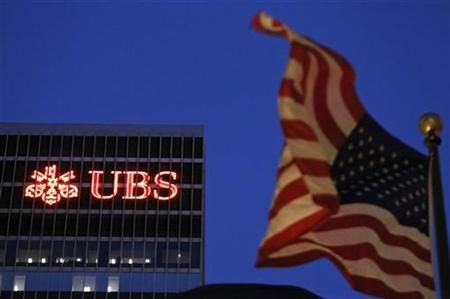US GDP grows a little more in Q3, but still remains weak

The U.S. economy grew a little more than expected in the third quarter, helped by a sharp drop in imports and a rise in private inventory investment, according to the second estimate released by the U.S. Bureau of Economic Analysis.
GDP increased at an annual rate of 2.5 percent in the third quarter, up from 1.7 percent in the second quarter.
Economists polled by Reuters were expecting the economy to have grown about 2.4 percent.
The positive factors during the quarter were partially offset by a downturn in the residential fixed investment and a drop in non-residential fixed investment and exports.
The upward revision to third-quarter U.S. GDP growth, to an annualized rate of 2.5 percent from 2.0 percent, still means that the economy is not growing fast enough to reduce significantly the unemployment rate or to prevent a slide into deflation, Paul Dales, an economist at Capital Economics, said in a report.
Core inflation during October showed the smallest increase on record at 0.6 percent. The overall consumer price index rose 4.6 percent from September, mainly driven by higher fuel prices.
The U.S. Federal Reserve announced a second round of quantitative easing earlier in November to boost the economy and prevent it front sinking into deflation. However, many continue to remain skeptical about the actual impact of the QE2, as the easing is commonly known.
Unemployment continues to remain high at 9.6 percent, though there has been some improvement in private employment.
Consumer expenditure, which is an important part of GDP growth, also remains muted as people still remain wary about their financial and job situations.
The upward revision in the third-quarter GDP was mainly due to a smaller negative contribution from net trade and faster consumption growth, Dales added.
Real personal consumption expenditure was higher in the third quarter at 2.8 percent. Non-residential fixed investment rose lesser than the previous quarter at 10.3 percent and equipment and software spending also dropped to 16.8 percent from 24.8 percent during the quarter.
Consumption growth in the third quarter is the largest rise in consumption since the first quarter of 2006 and suggests that household spending may be starting to gain some traction, Dales said.
However, imports of goods and services nearly halved to 16.8 percent. Exports dropped to 6.3 percent from 9.1 percent in the previous quarter.
The change in real private inventories added 1.30 percentage points to the third-quarter change in real GDP, after adding 0.82 percentage point to the second-quarter change, the report stated.
Though the early indications on fourth-quarter GDP growth have been encouraging, the U.S. economy is unlikely to grow by much more than 2 percent both next year and in 2012, Dales said.
That will leave the unemployment rate above 9 percent and drag core inflation down further -- a combination consistent with Treasury yields remaining low for a long time yet, he added.
© Copyright IBTimes 2025. All rights reserved.





















